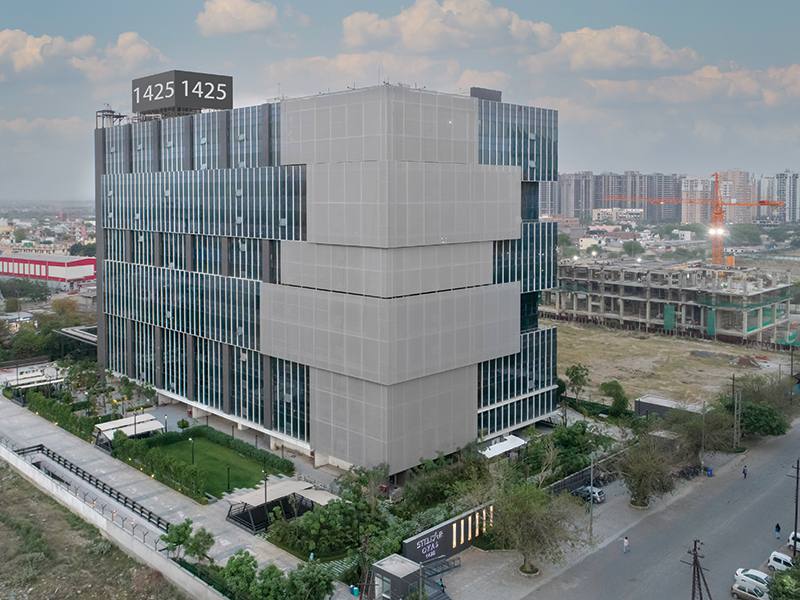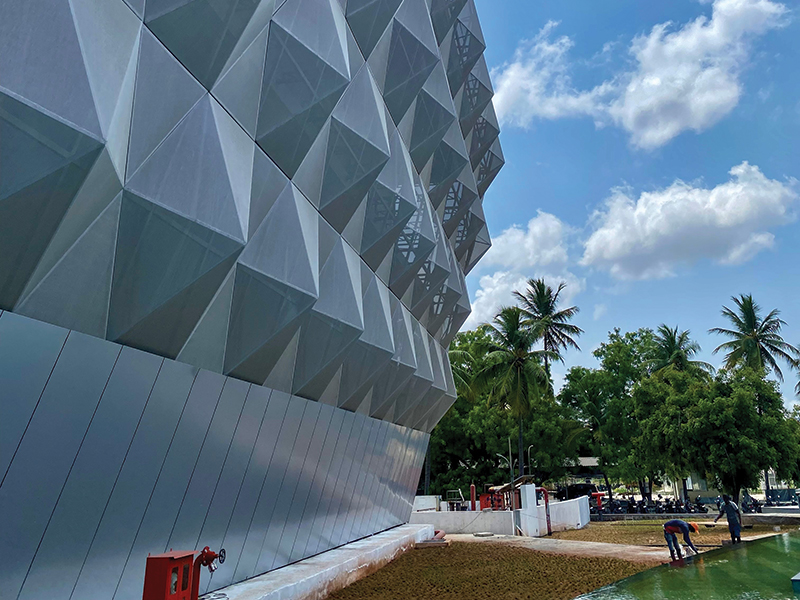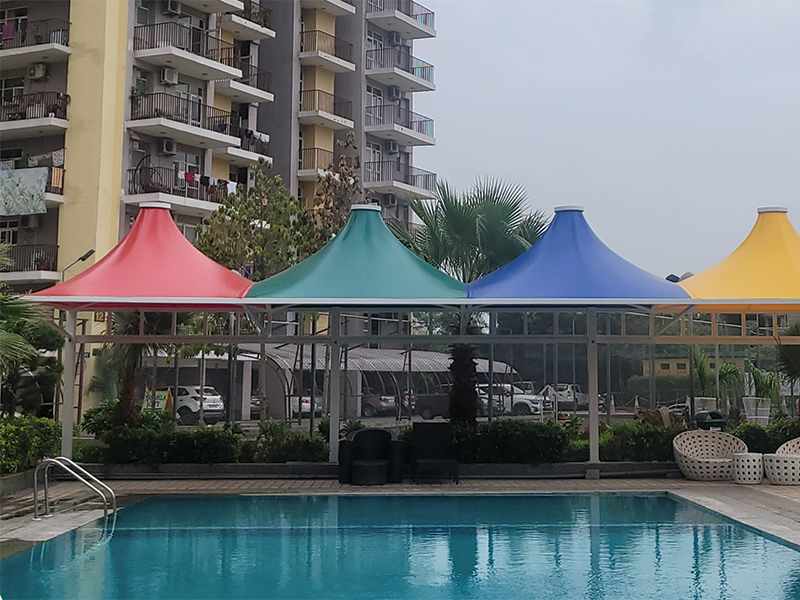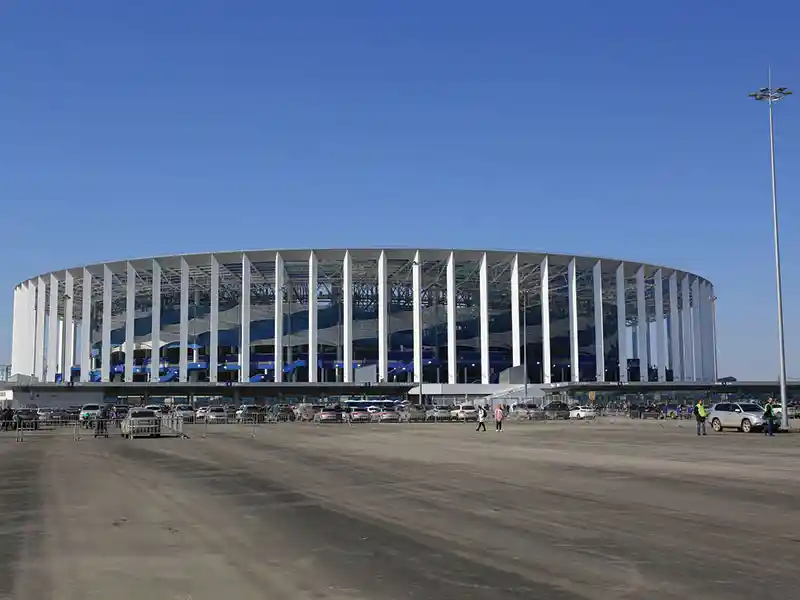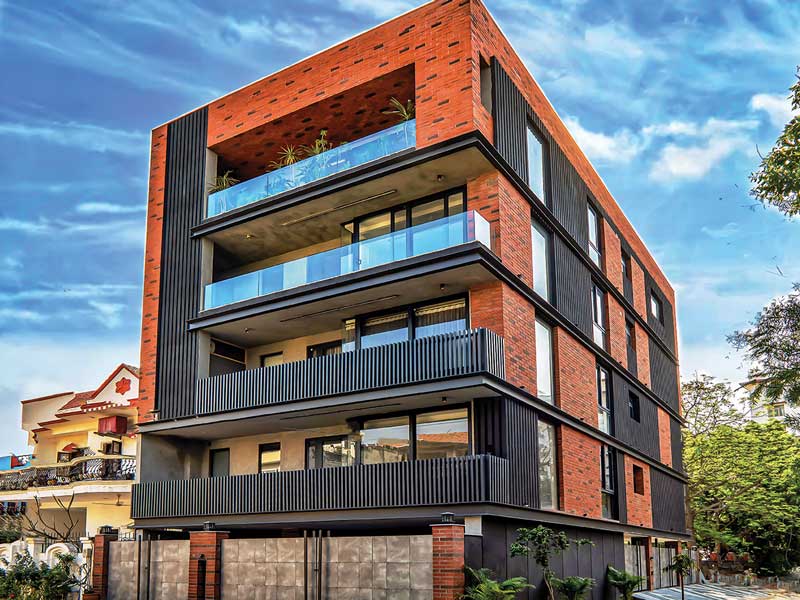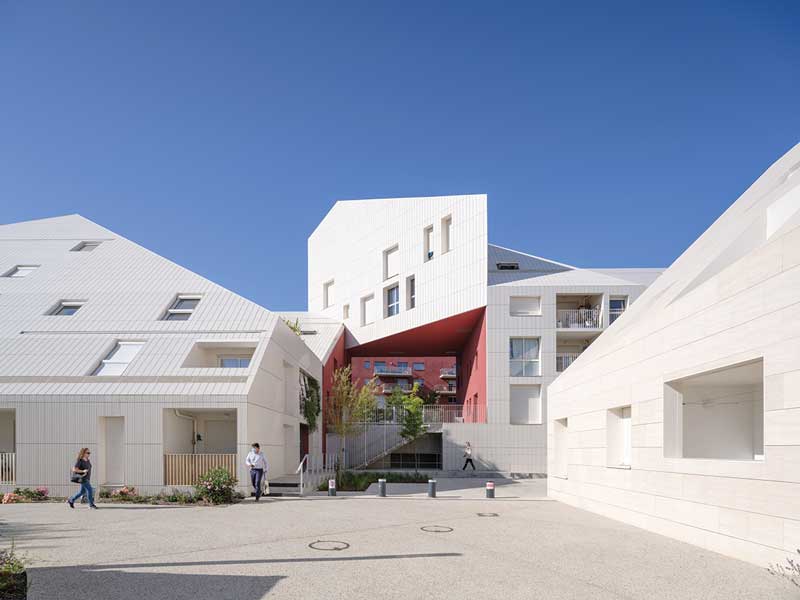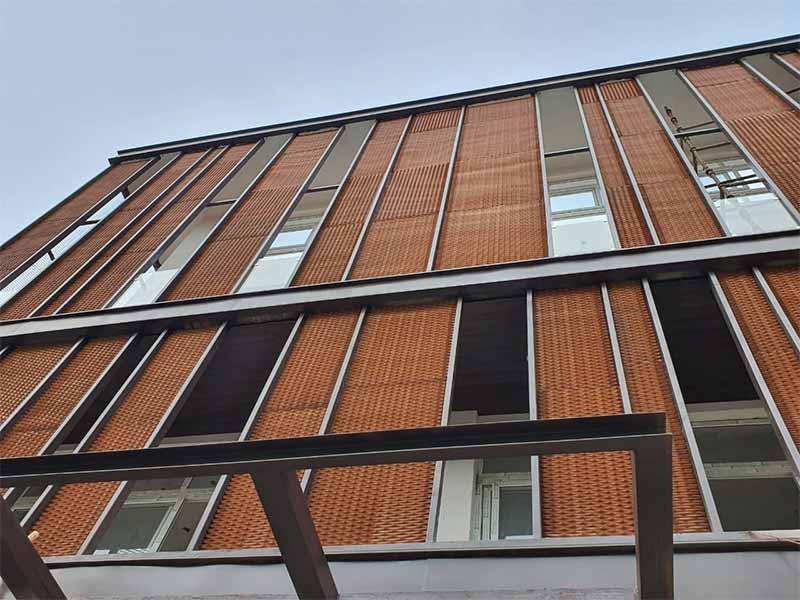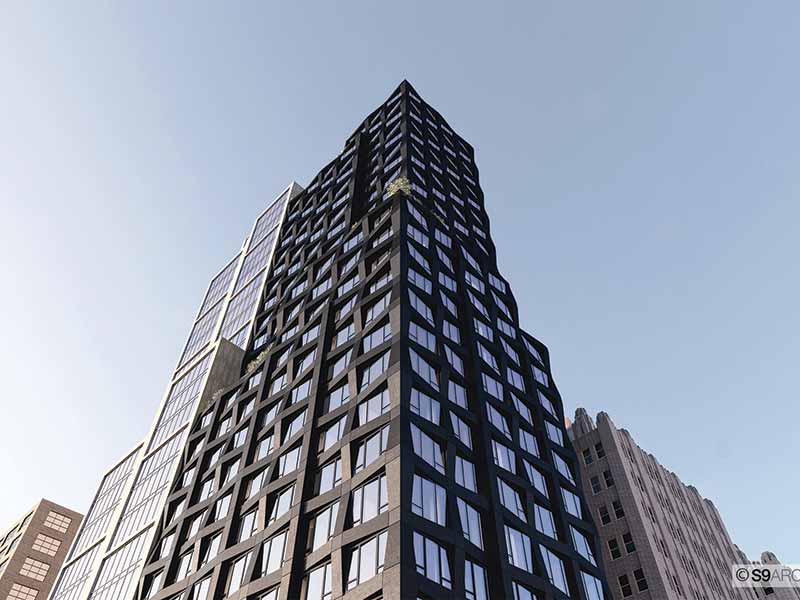
Ar. Harish Gupta
Managing a Façade Expertly
The correct approach is to have on board an expert project management team that is a specialist in façade assessment and implementation, at the design stage. This team will guide the selection process and ensure that the façade is implemented and managed in the correct manner.
For a very good façade, the façade elements have to be selected carefully and designed with a proper interface with the main structure. This aspect is overlooked in nearly 75% of all modern façade buildings, so much so that the design has to be rectified and all interfaces re-assessed. Most project management teams do not have the requisite expertise to understand the nuances of the engineering and architectural interfaces of a façade, nor the qualification.
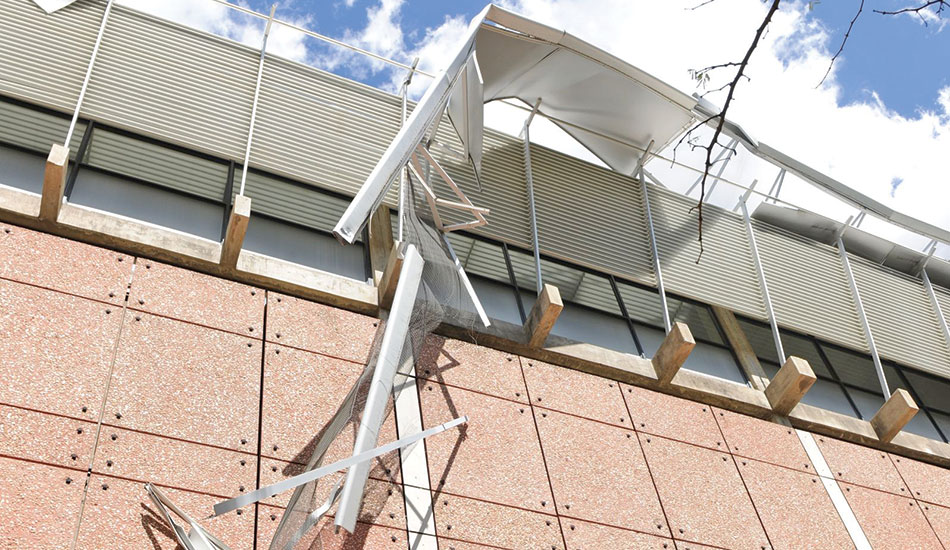
A PMC team, with its expertise in handling façades, will be able to ensure that all parameters have been considered before implementation of the façade. It can be said with much accuracy that almost 90% of the existing site execution teams do not understand the intricacies of the modern façade and end up making the implementation incorrect.
No Room for Error
Even a 2 to 5 mm can fail a façade. Surprising as it may sound, but that's the tolerance with which facades are designed; while some are designed with virtually negligible tolerance. When such a high level of accuracy is required in design, the same accuracy is expected in its implementation.
But it needs a different mindset to attain such accuracy at site. Most of the engineers at site handle concrete where tolerance is 25 to 50mm and sometimes more is let go. The building is not affected by such deviations. The other set of engineers are for finishes and who deal with materials that can be rectified at site without much effort as most are site produced or easily adjusted.
But facades are produced in workshops or factories, and they have to get it right at the first time. Aluminium and glass are the most abundantly used materials in façades and are cut and processed to a millimetre's accuracy. If implementation is not as accurate, then it will fail. Hence, the role of an expert façade PMC team to ensure the requisite accuracy.
Why a Façade PMC Team?
What are the key attributes that set a Façade PMC team apart from a regular project management team? A façade PMC team is essentially led by designers cum engineers who understand the design and implementation complexities and can guide the teams functioning under them.
The regular PMC team does not have the eye for accuracy on a day to day basis as a Façade PMC would have, and therein lies the difference between a good façade and a failed facade
Key failure elements need to be redesigned in the design stage. Most façade designers miss the practicality of the design or the implementation methodology and end up with incorrect or even impractical manufacturing. This leads to onsite adjustments and eventual failure in the long run. The regular PMC team does not have the eye for accuracy on a day to day basis, unlike a façade PMC team, and therein lies the difference of constructing a good façade vis-a-vis a failed facade.
Key Failure and Improvement Zones by Facade PMC
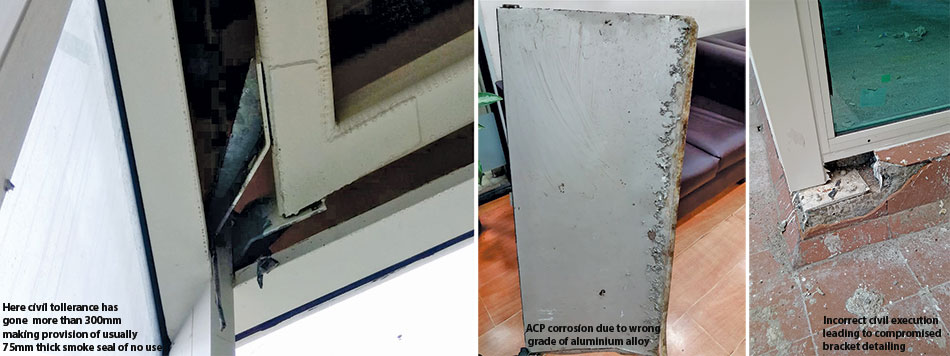
It's imperative that some key failure or improvement zones are listed out so that costly mistakes are not made, and clients do not get into rectification mode soon after the façade is finished:
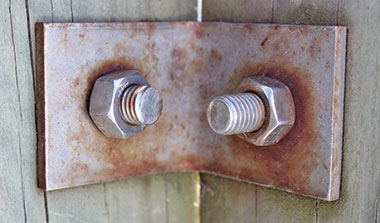
- Façade design review at design stage will iron out design errors that could lead to improper implementation and also improper sequencing.
- Design review of the façade cleaning system is very essential at an early stage as many facades are impractical to clean if the cleaning system is not well thought out and integrated in the design. Most buildings are found dirty and fail due to zero maintenance of the joints, which need expert inspection every year or two. If a cleaning system is absent, then such inspections cannot be carried out. The faults go unchecked, sometimes leading to total failure of the façade or even a collapse, thereby, endangering lives.
- Site inspection during construction from facade integration perspective keeps a check on the appropriateness of a civil structure to receive the façade. This is one of the most neglected and overlooked zones in the construction of a super structure, and often leads to design adjustment of the façade.
- Factory checks during fabrication and assembly of façade ensure that the production does not make errors, as most problems arise from improper fabrication at the joints, which then need to be site rectified.
- Stacking, transport and lifting of façade is a very challenging aspect. Maximum damage to façade happens at these stages, if ill planned. Any damage to façade beyond its tolerance levels of accuracy will surely lead to failure of the façade. Planning material stacking near vertical logistics and appropriate location of vertical logistics with respect to placement at various floors and high winds in a high-rise can make or break a construction schedule, if not done properly.
- Interface of façade with the civil structure is the final resting place of a façade. Nothing can be more important than getting it right at this point. If everything discussed above is not right, then the final placing will go wrong and lead to a failed façade.
- For proper anchoring of façade and sealing the gaps and joints, there can be no compromise in the quality of material and workmanship. One needs to understand the facades are not easy to rectify and sometimes almost impossible, as we are dealing with factory processed materials. Only a Façade PMC team can see the errors which are overlooked by a civil, services and finishing based PMC.
- Once implemented, the façade must be checked, cleaned and handed over. The challenge here is to ensure that other agencies are in sync with the schedule. If scheduling and sequencing is not proper, then the damage to the facade by other agencies is irreparable and leads to patchwork.
